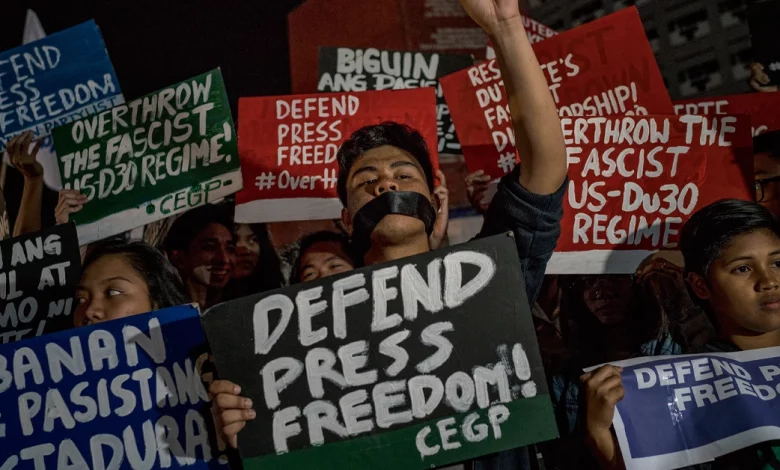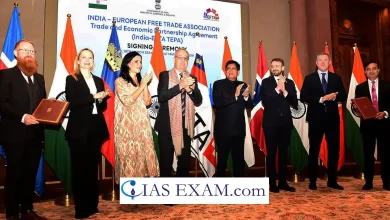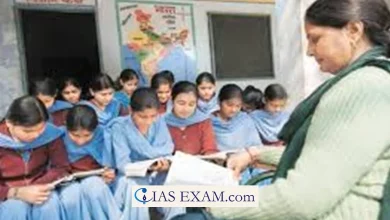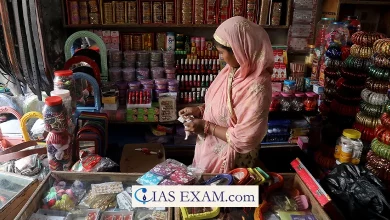Press Freedom and Free Speech in Southeast Asia
[GS Paper 2 - Indian Polity and Constitution]

Context – Southeast Asian nations consistently rank among the worst globally for press freedom and media rights. Autocratic governments in the region have increasingly resorted to closing independent newspapers and imprisoning activists who criticize the authorities.
Press freedom and free speech are fundamental pillars of democracy, serving as watchdogs that keep governments accountable and empower citizens to voice their opinions. However, in Southeast Asia, these freedoms often face significant challenges, ranging from government censorship to violence against journalists.
Press Freedom Rankings
- Pew Research Findings: According to the Pew Research Center’s report on religion and politics in South and Southeast Asia, the embrace of free speech and democracy is not widespread in the region.
- Global Press Freedom Rankings: Organizations like “Reporters without Borders” annually rank nations in terms of press freedom. In the latest World Press Freedom Index, Vietnam and Myanmar were among the worst-ranked countries, with Malaysia being the exception.
- Deteriorating Standards: Declining press freedom worldwide is attributed to increasing aggressiveness by authorities, growing animosity towards journalists on social media, and the proliferation of fake content.
- Online Free Speech Monitoring: Freedom House’s Freedom On The Net index evaluates online free-speech conditions. Myanmar, China, Vietnam, and Thailand ranked poorly, highlighting online restrictions and censorship.
The Complex Landscape
Southeast Asia comprises a diverse range of countries, each with its own unique political, social, and economic characteristics. This diversity extends to the state of press freedom and free speech, resulting in a complex and varied landscape.
- Government Control and Censorship: Several countries in Southeast Asia have governments that exercise strict control over the media. In nations like Vietnam, Laos, and Cambodia, the press is often heavily censored, and critical voices are silenced. Journalists face intimidation, harassment, and legal consequences for reporting on sensitive issues, including corruption and human rights abuses.
- Self-Censorship: Beyond direct government control, self-censorship is prevalent in the region. Journalists and media outlets often avoid reporting on controversial topics or critical of the government to protect themselves and their organizations. This voluntary restraint undermines the true essence of free speech.
- Violence Against Journalists: Southeast Asia has witnessed disturbing levels of violence against journalists. The Philippines, for instance, has one of the highest rates of journalist killings in the world. These acts of violence create a climate of fear that further stifles free speech and investigative reporting.
- Online Freedom: While traditional media faces challenges, the digital realm offers a space for alternative voices. However, online freedom is also under threat. Governments in the region increasingly employ internet censorship and surveillance to control the flow of information and stifle dissent.
Government Justifications
- Lese-Majeste Laws: Thai authorities argue that strict lese-majeste laws are necessary to protect “Thainess” and the monarchy.
- Cambodian Government: Cambodia’s government defends stringent restrictions by portraying opposition politicians and independent media as threats to the nation’s hard-won peace.
- Communist Governments: Vietnam and Laos assert that collective interests take precedence over individual rights.
- Singapore’s Approach: Singapore, a multi-ethnic state, expanded “hate speech” laws, emphasizing the importance of not allowing any race or religion to be attacked or insulted.
Implications for Democracy
The state of press freedom and free speech in Southeast Asia has profound implications for the region’s democratic progress.
- Accountability and Transparency: Without a free and independent press, governments are less likely to be held accountable for their actions. Corruption and human rights abuses can thrive in an environment where investigative journalism is stifled.
- Civic Engagement: Free speech is essential for civic engagement and the exchange of ideas. When citizens are unable to freely express their opinions and access diverse sources of information, the democratic process is undermined.
- Economic and Social Development: Press freedom is not only a political issue but also a crucial driver of economic and social development. A free press plays a vital role in disseminating information, fostering innovation, and promoting public discourse.
- International Relations: The state of press freedom in Southeast Asia also has implications for international relations. Countries with poor records on press freedom may face diplomatic pressure and sanctions, which can impact their standing in the global community.
Conclusion
Press freedom and free speech in Southeast Asia are at a crossroads. While there have been positive developments in some countries, many challenges persist. The complex landscape of government control, self-censorship, violence against journalists, and online restrictions demands sustained attention from both domestic and international actors.
Balancing the preservation of national “harmony” with the protection of individual liberties remains a contentious issue. As younger, more educated individuals express stronger support for free speech, it suggests the potential for evolving perspectives in the future.
SOURCE: The Indian Express
Practice question:
Q.Write an essay in around 1000 words on the topic- “Biased Media is a real threat to Indian Democracy” (2019)





.png)



